Heat is Beauty Salon Special Service 4an inevitable byproduct of work. It's generated when you start a car's engine, go for a brisk walk or anything else that generates friction. Heat is also prevalent in electronics where it can be more difficult to manage and can be detrimental to their continued operation. When it comes to graphics cards there are many ways to manage heat, from passive cooling, to fans and even water. But when these solutions aren't working, your GPU has one more way to beat the heat: thermal throttling.
When your GPU takes on a heavy workload, such as gaming, it generates a load of heat. When your cooling solution can no longer dissipate heat fast enough to keep temperatures within a safe range, your graphics card starts to dump performance to shed heat. The core and memory frequencies begin to drop---along with your framerates---until temperatures drop to a safe operating range. All modern GPUs have this feature in place to protect the electronic components from damage. Unmanaged, thermal throttling can have a big impact on performance. And, while thermal throttling itself doesn't cause any damage, the underlying cause of throttling, heat, can cause damage and shorten the lifespan of your video card.
In order to maintain performance, you need to control heat, but not all graphics cards experience throttling to the same degree, or even at all. There are a variety of scenarios that determine the impact thermal throttling has on your system. Case selection, cooling solution, and airflow are the three main factors to take into consideration.
A small case with no open space traps heat and inhibits airflow, which makes it harder to keep your GPU cool. Choosing a larger, well laid out case can provide more fan mounts and options to optimize airflow. Being able to mount additional fans in your case is especially beneficial if your GPU manufacturer has used a custom cooling solution that dissipates heat into your case instead of directly removing it, like with reference designs.
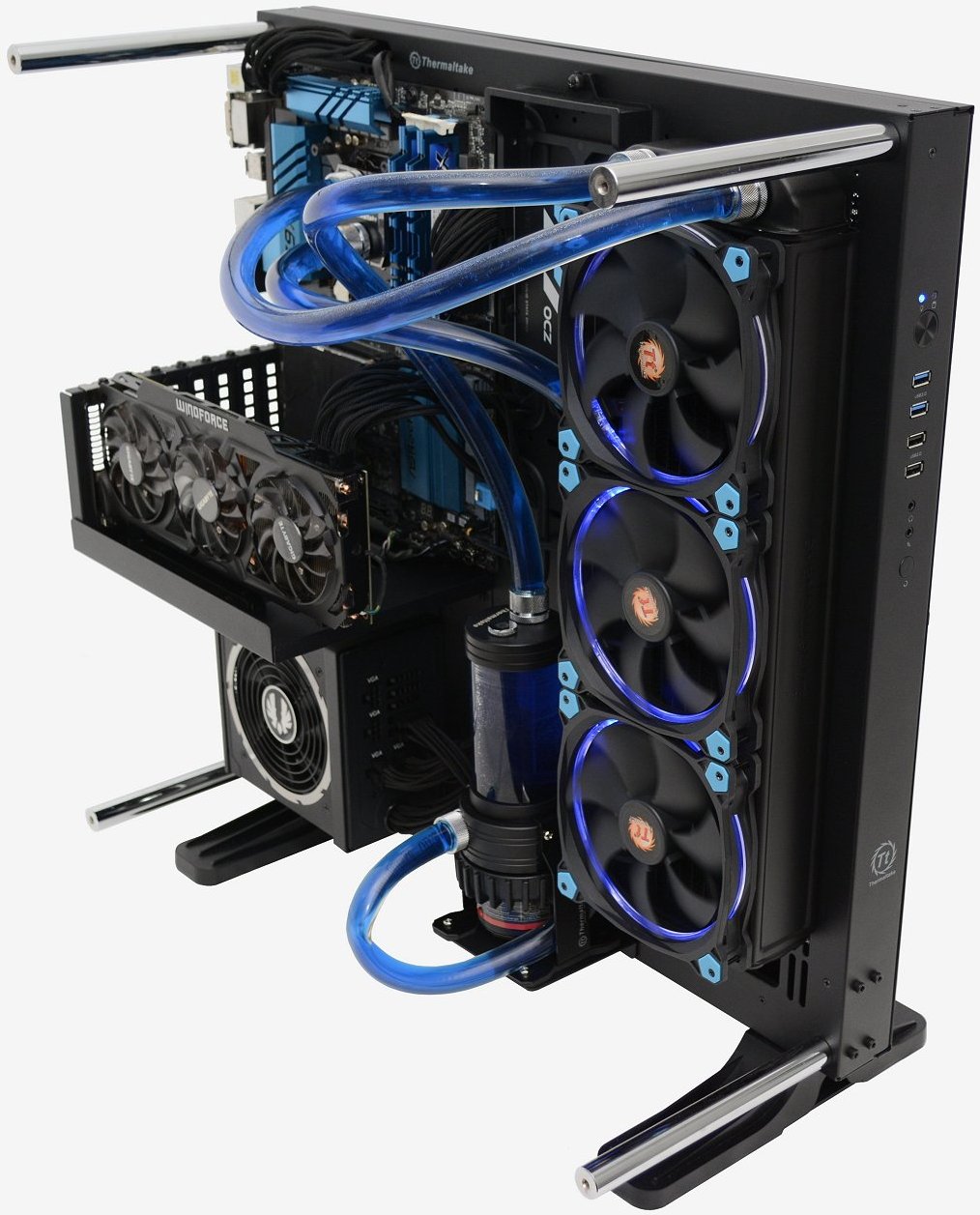
Adding additional fans to the top of your case ensures that heat generated by your GPU is removed from the case efficiently. It also lowers air temperature inside of your case keeping other components, such as your CPU and memory, much cooler.
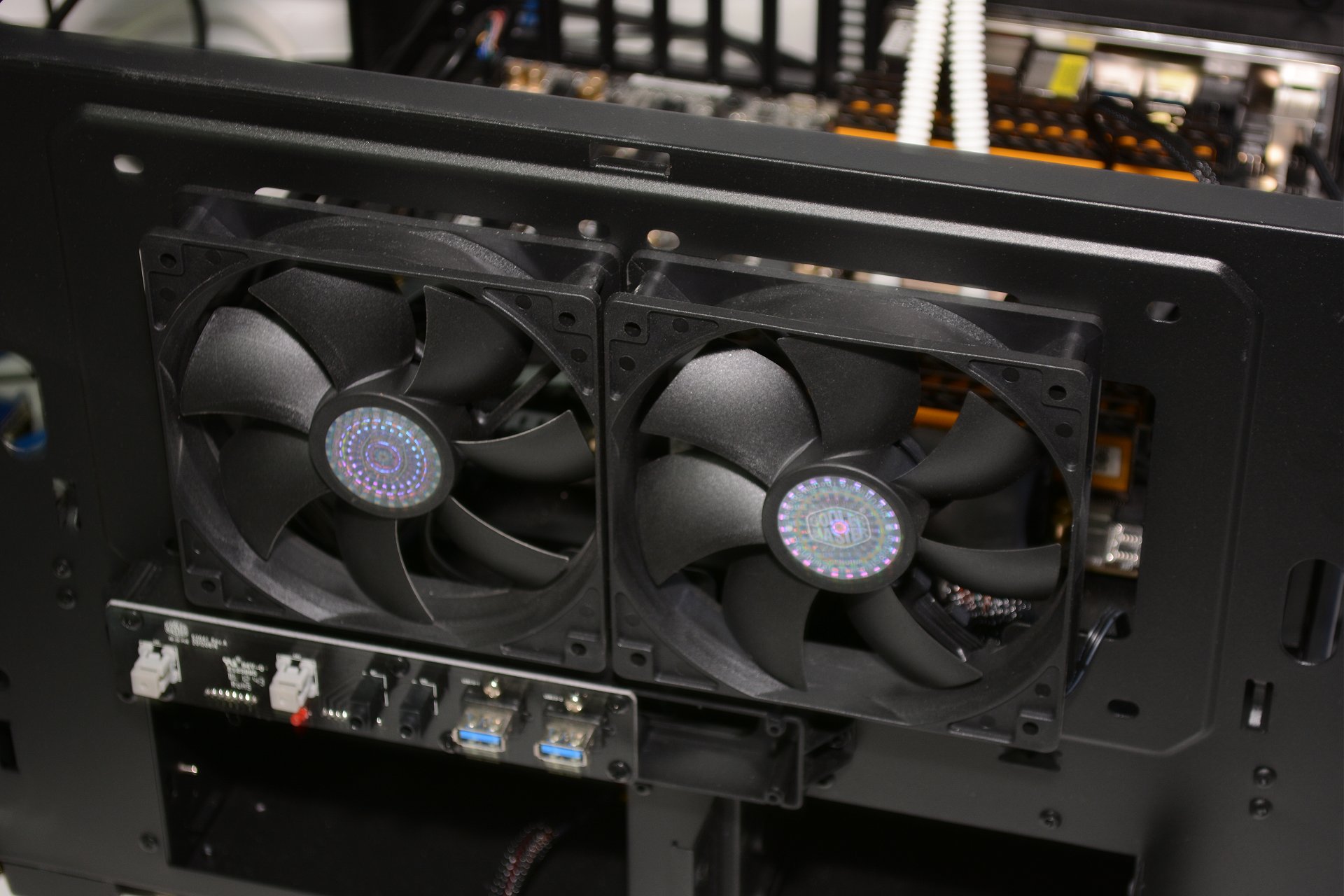
The brand of graphics card you choose may come down to personal preference, but the cooling solution it uses is an important decision. Reference designs---which are blower-type fans---typically use a single fan to keep the card cool. Cool air is drawn through the rear of the graphics card and exhausted out of the end with the connectors. This design is efficient but the single fan holds back performance.
When choosing a graphics card, it's often ideal to pick one with a multi-fan cooling solution. The additional fans---sometimes as many as three---provide enough airflow to significantly reduce or even eliminate throttling. It should be noted that your case needs to provide enough airflow to handle the hot air pumped out by these types of graphics cards as their coolers do not directly remove the heat from the case.
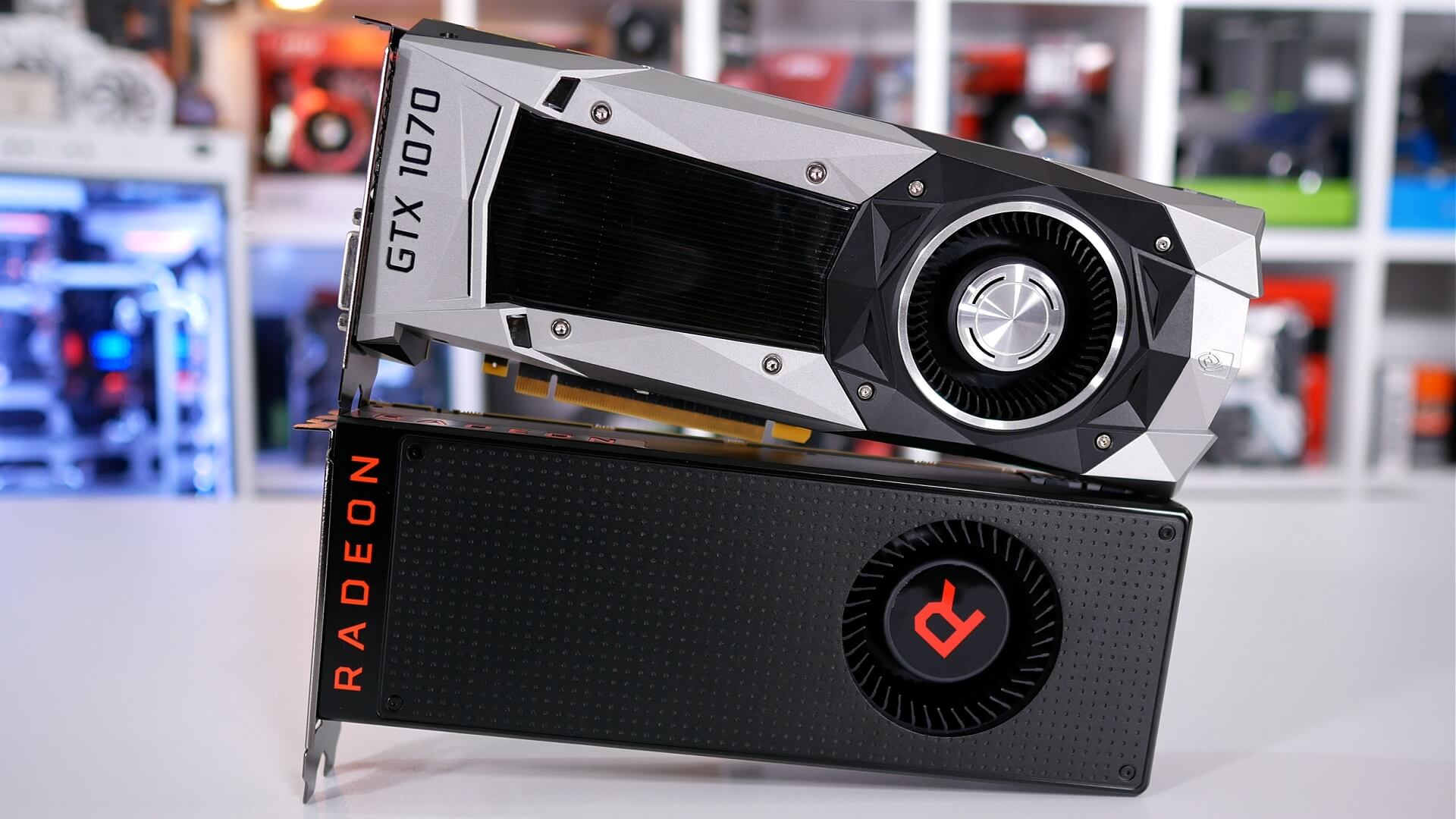
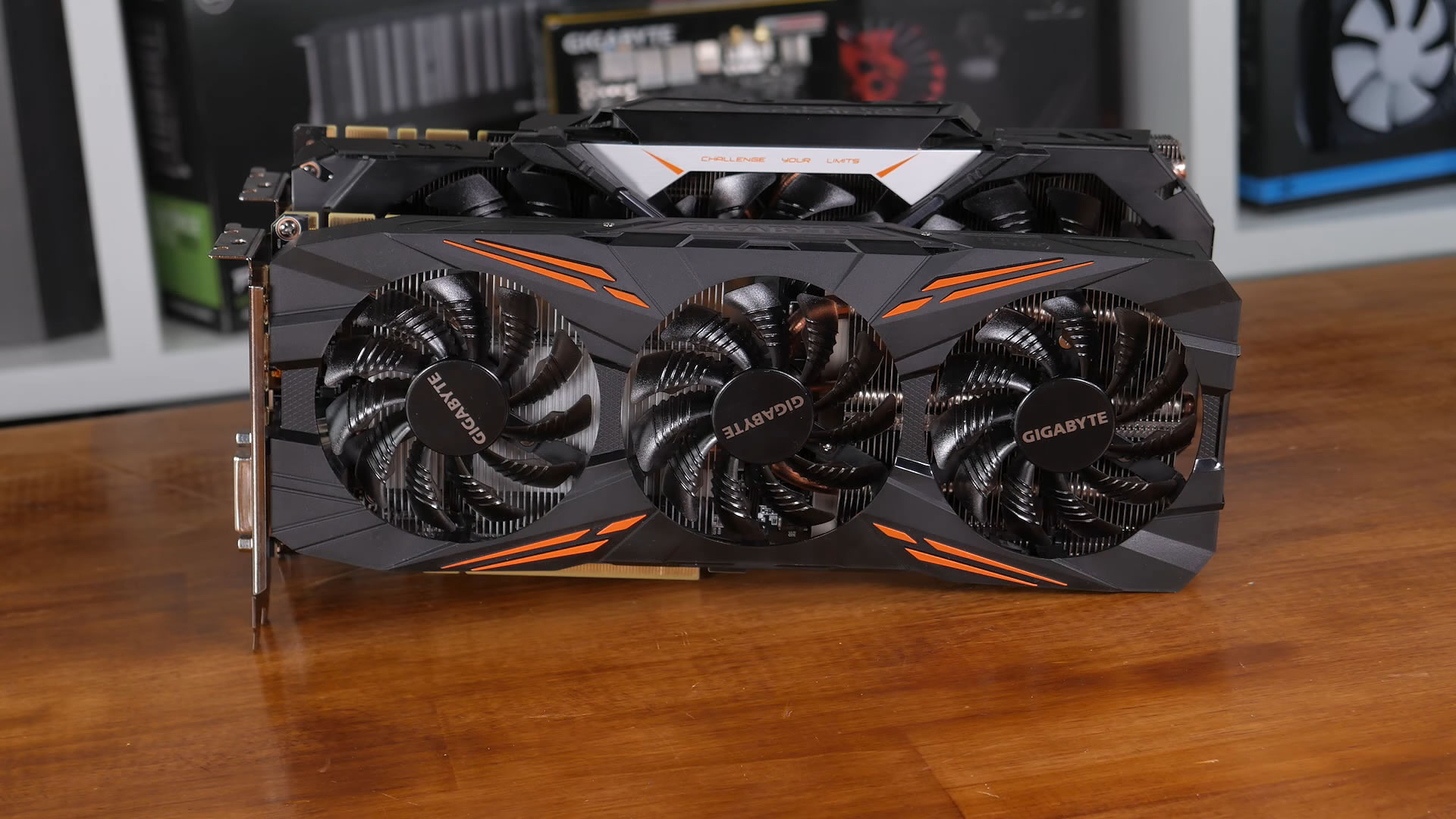
If changing or adding hardware is not an option, you can still reduce temperatures using freely available tools.
With utilities like MSI's Afterburner or EVGA's PrecisionX, a custom fan curve can be configured. By setting the fan curve manually, you can set the fan speed for a given temperature to something a bit more aggressive. From the factory, the fan speeds are optimized to strike a balance between noise and performance. With reference cards, this balance often leans more towards noise suppression and can lead to thermal throttling.
Noise levels will increase, perhaps significantly, but your GPU will be able dissipate heat much faster and maintain performance.
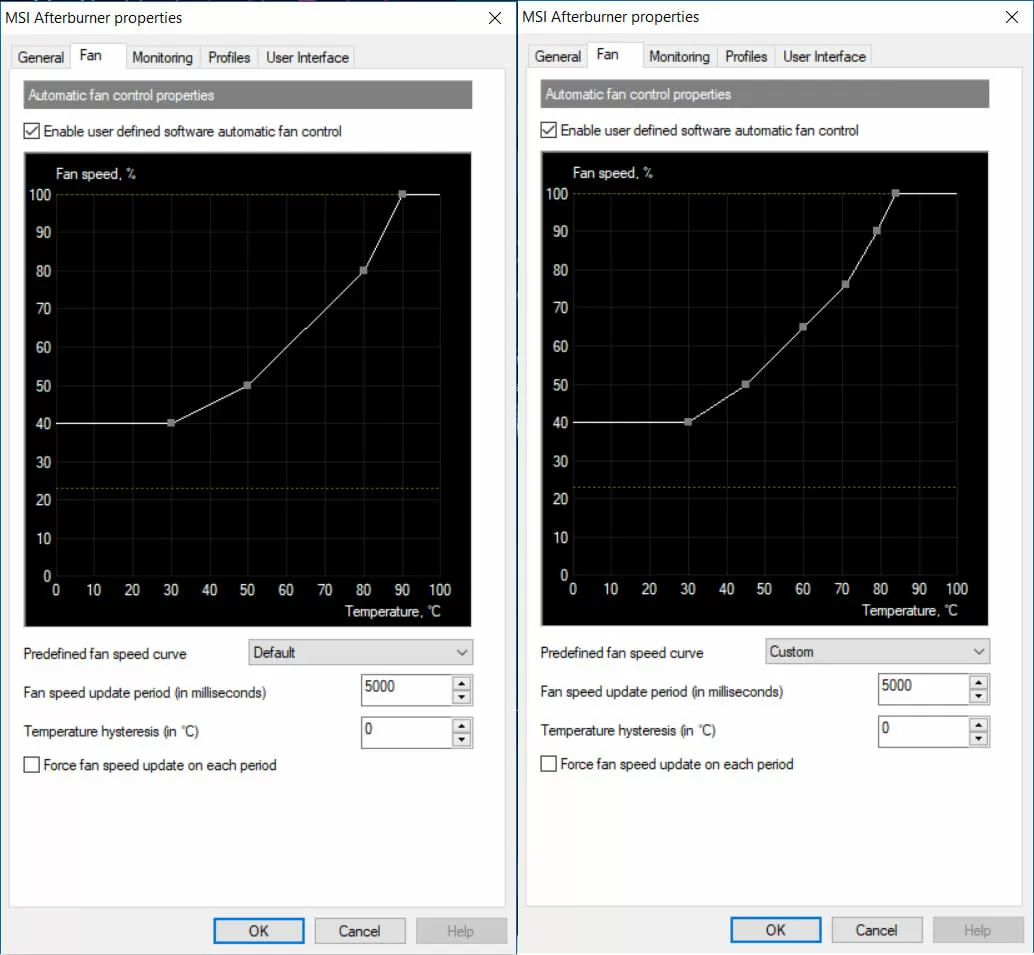
Default Left, Custom Right
If the additional fan noise is too much to handle, there is one more solution to your thermal throttling woes: undervolting.
Sometimes the amount of voltage your card uses is set higher than it needs to be to allow your card to function correctly. Running at a higher voltage generates more heat even if the clock and memory speed remain the same. Undervolting your graphics card by even a small amount can lower temperatures enough to reduce or even eliminate thermal throttling. However, this isn't a guaranteed solution and can cause stability issues. For most users, we recommend a combination of better cooling in conjunction with fan-curve adjustments.
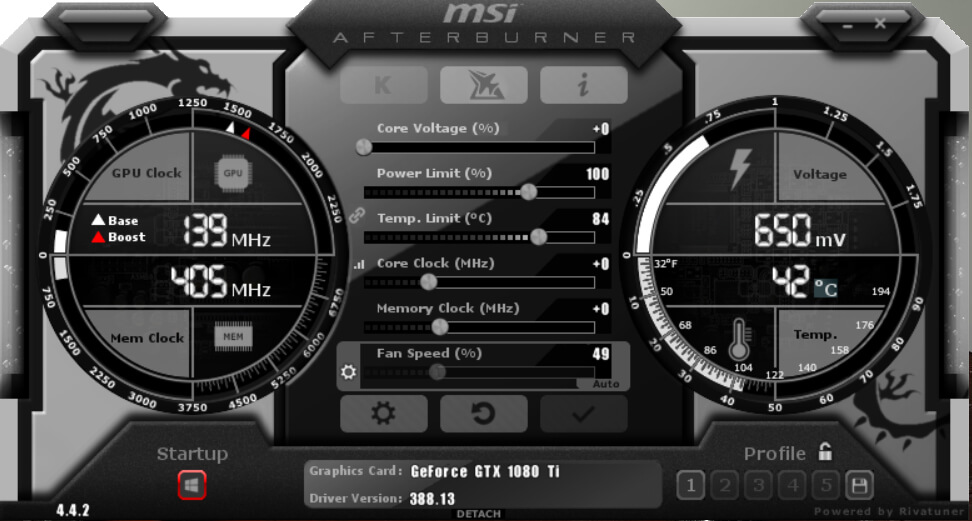
Most monitoring tools are capable of more than just controlling GPU fans and altering voltage. They also monitor temperatures, core and memory frequencies, along with GPU usage. Most of them also offer at least basic overclocking capability. This is important because your can't prevent something that you can't see.
Monitoring your GPU's temperature, along with core and memory frequencies, allows you to determine when you're experiencing throttling. It's important to note that there are a few things to look for before you need to break out the utilities. If you are experiencing stuttering or notice a visible drop in frame rate, it's likely that your video card has slowed down to shed heat. If you haven't altered your video card's fan curve and the fan is starting to sound like a jet engine, there is a good chance you've hit the throttling point. You can then confirm this with the tool of your choice.
If your temperature exceeds your graphics card's throttling point and your frequencies start to drop, you know it's time to look at your cooling. Ideally you want temperatures to be as low as possible, anything below 80 degrees is normal and should keep throttling in check. Nvidia's GTX 1080 Ti, for example, has a throttling point of 84 degrees. If you keep the temperature below 80 degrees you leave yourself with a bit of breathing room, so you can focus on having fun instead of monitoring GPU frequencies.
It's important to remember that every graphics card has a different throttling point. The previous-gen GTX 980 and 970, for example, throttle at 80 degrees, while AMD's Vega series cards can reach a maximum temperature of 85 degrees before they throttle. You will need to find out the throttling point for your specific card in order to set an effective fan curve and voltage.
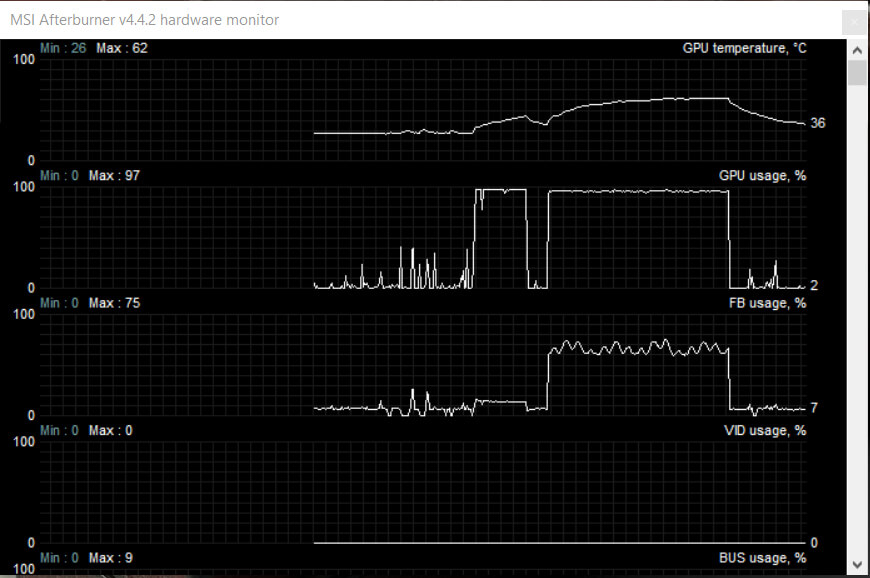
When deciding which utility to use, it's important to consider the scope of what you are going to be monitoring. If you are going to focus on your graphics card, then I recommend MSI's Afterburner or Asus Tweak. Either of these tools will provide all the monitoring and configuration options you could possibly need, including overclocking.
If you want to monitor your whole system, you'll need to look at something else, such as NZXT's Cam software. While Cam does monitor your entire system, it doesn't offer as many options for tweaking your graphics card. It doesn't hurt to install more than one utility to get a wider range of monitoring features.
 Wordle today: The answer and hints for April 14, 2025
Wordle today: The answer and hints for April 14, 2025
 Shop Breville espresso makers at Amazon for $200 off
Shop Breville espresso makers at Amazon for $200 off
 Tesla Cybertruck at New Orleans' Mardi Gras parade gets mercilessly booed
Tesla Cybertruck at New Orleans' Mardi Gras parade gets mercilessly booed
 Forget flip phones, Lenovo’s latest concept is a flip laptop
Forget flip phones, Lenovo’s latest concept is a flip laptop
 Best earbuds deal: Save 26% on Soundcore Space A40 noise
Best earbuds deal: Save 26% on Soundcore Space A40 noise
 Best earbuds deal: Save 33% on Beats Studio Buds
Best earbuds deal: Save 33% on Beats Studio Buds
 Forget flip phones, Lenovo’s latest concept is a flip laptop
Forget flip phones, Lenovo’s latest concept is a flip laptop
 NYT Connections hints and answers for April 26: Tips to solve 'Connections' #685.
NYT Connections hints and answers for April 26: Tips to solve 'Connections' #685.
 Apple announces the M3 iPad Air with Apple Intelligence
Apple announces the M3 iPad Air with Apple Intelligence
 NYT Connections Sports Edition hints and answers for April 17: Tips to solve Connections #206
NYT Connections Sports Edition hints and answers for April 17: Tips to solve Connections #206
 Best of MWC 2025: The age of ultra
Best of MWC 2025: The age of ultra
 Real Madrid vs. Atletico Madrid 2025 livestream: Watch Champions League for free
Real Madrid vs. Atletico Madrid 2025 livestream: Watch Champions League for free
 Pumas UNAM vs. LD Alajuelense 2025 livestream: Watch Concacaf Champions Cup for free
Pumas UNAM vs. LD Alajuelense 2025 livestream: Watch Concacaf Champions Cup for free
 NYT Connections hints and answers for March 4: Tips to solve 'Connections' #632.
NYT Connections hints and answers for March 4: Tips to solve 'Connections' #632.
 Best earbuds deal: Save 33% on Beats Studio Buds
Best earbuds deal: Save 33% on Beats Studio Buds
 NYT Connections hints and answers for March 4: Tips to solve 'Connections' #632.
NYT Connections hints and answers for March 4: Tips to solve 'Connections' #632.
 Best 4K TV deal: Save $200 on TCL 75
Best 4K TV deal: Save $200 on TCL 75
Coronavirus might put a wrench in Apple's iPhone production plansWhelming is a new dating term to describe a very irritating behaviourSean Spicer: Trump empowers women. World: You live under a rock, bro?Jeff Bezos and Amazon are nearing a superTrump says society needs to 'cherish' and 'protect' Elon MuskStunned kid lands an unthinkable pencil'Miss Americana' won't change your mind about Taylor Swift: ReviewSamsung Galaxy S20+ and S20 Ultra pre'Miss Americana' won't change your mind about Taylor Swift: ReviewUber, Lyft are officially up and running in British ColumbiaFacebook official struggles to explain Bezos' WhatsApp hackWe totally agree with George W. Bush on Trump's inauguration speech5 weird Apple commercials from the '80s we can't stop watchingByte's already overrun with spam, but it's working on itIKEA drops crazy modular speakers in collab with Teenage EngineeringCharity is giving away free sex toys to close the orgasm gapSurprise, Ring for Android reportedly shares your data with third partiesThis is the best time in human history. We're designed to think otherwise.5 weird Apple commercials from the '80s we can't stop watchingKobe Bryant: Alicia Keys sings touching tribute at Grammys Robinhood now says you can buy one GameStop share, as a treat Here's what Donald Trump had to say in response to the Las Vegas Amazon's British NFL commentary charms American football fans Possible Apple Car specs revealed, and they're not bad, not bad at all You'll soon be able to unlock your iPhone while wearing a face mask This $30,800 watch would annoy the hell out of me How online advice columns teach us to tell our own stories Tesla recalls nearly 135,000 Model S and X cars because of failing touchscreens Jeff Bezos' Amazon legacy by the numbers Elon Musk is taking a break from Twitter again The 13 best tweets of the week, including GameStop jokes, LMFAO, and Thanos General Motors wants to look more like Tesla with only EVs by 2035 Hungry skunk got into a sticky McSituation, but one officer came to the rescue The horror of discovering porn for the first time lives on in this video game Google to pay $3.8 million to underpaid female engineers and overlooked job candidates Remastered 'Mass Effect' does something about those damn elevators Malala is off to college and needs your packing advice Mariah Carey already has her Christmas tree up Relive the dramatic Apollo 14 launch and moon landing, 50 years later Jeff Bezos to step down as Amazon CEO
1.6595s , 10156.453125 kb
Copyright © 2025 Powered by 【Beauty Salon Special Service 4】,Defense Information Network